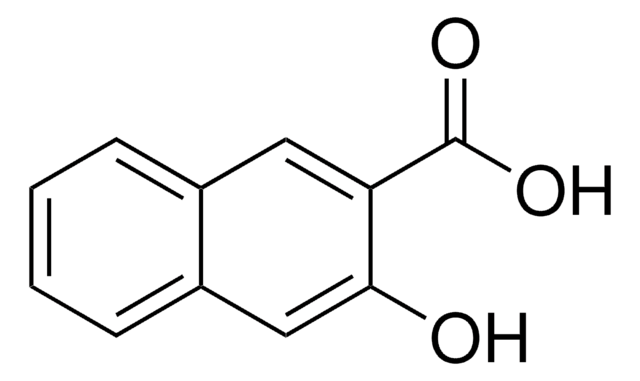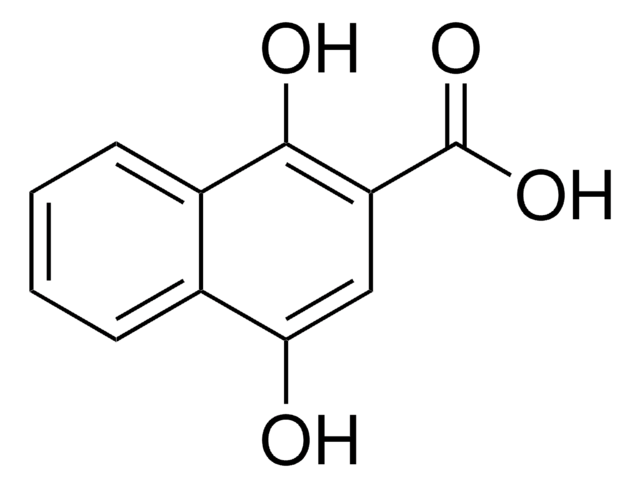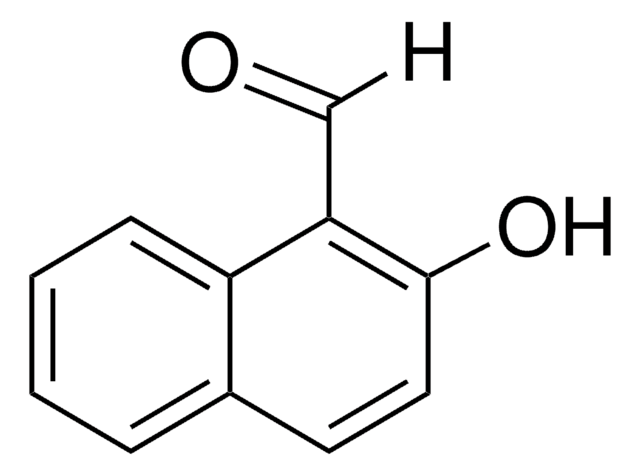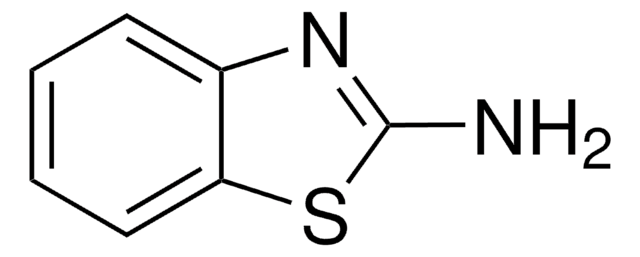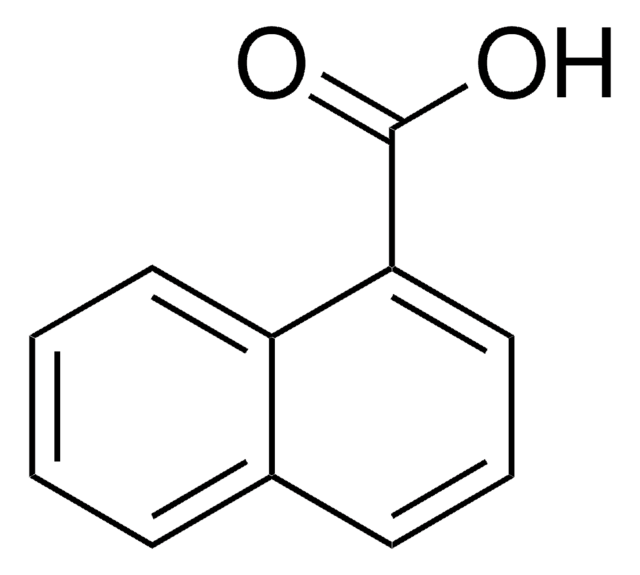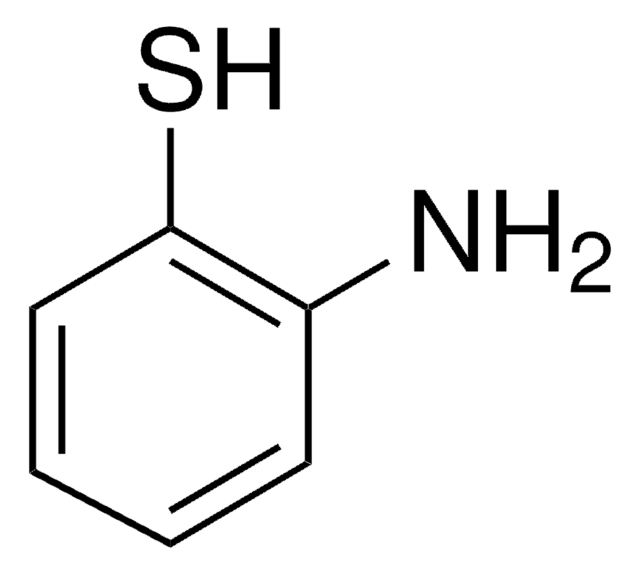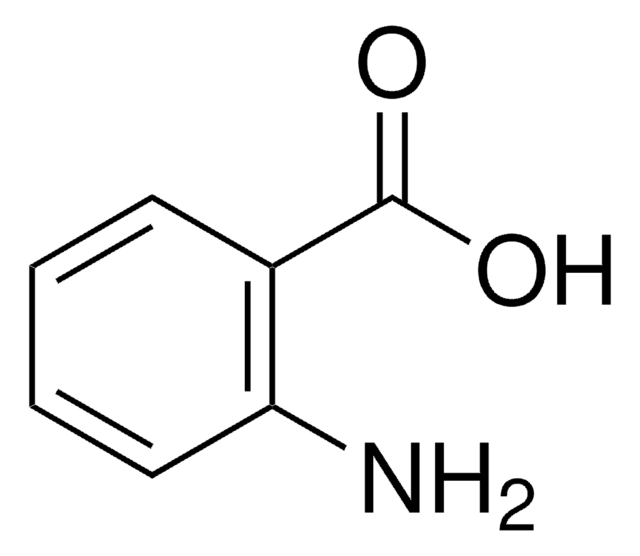All Photos(2)
About This Item
Linear Formula:
HOC10H6CO2H
CAS Number:
Molecular Weight:
188.18
Beilstein/REAXYS Number:
975575
EC Number:
MDL number:
UNSPSC Code:
12352100
PubChem Substance ID:
NACRES:
NA.22
Recommended Products
assay
98%
mp
167 °C (dec.) (lit.)
SMILES string
OC(=O)c1c(O)ccc2ccccc12
InChI
1S/C11H8O3/c12-9-6-5-7-3-1-2-4-8(7)10(9)11(13)14/h1-6,12H,(H,13,14)
InChI key
UPHOPMSGKZNELG-UHFFFAOYSA-N
Looking for similar products? Visit Product Comparison Guide
Related Categories
signalword
Warning
hcodes
Hazard Classifications
Eye Irrit. 2 - Skin Irrit. 2 - STOT SE 3
target_organs
Respiratory system
Storage Class
11 - Combustible Solids
wgk_germany
WGK 2
flash_point_f
Not applicable
flash_point_c
Not applicable
ppe
dust mask type N95 (US), Eyeshields, Gloves
Choose from one of the most recent versions:
Already Own This Product?
Find documentation for the products that you have recently purchased in the Document Library.
Customers Also Viewed
Ali Reza Oveisi et al.
Molecular diversity, 24(2), 335-344 (2019-05-08)
New trans-A2B2-porphyrins substituted at phenyl positions were synthesized from 4-methylphthalic acid as a starting material through sequential multistep reactions. These macrocycles were characterized by 1H NMR, 13C NMR, 19F NMR, 1H-1H COSY NMR, and MALDI-TOF mass spectrometry. Computational studies were
Mingyang Zhang et al.
Macromolecular rapid communications, 41(18), e2000323-e2000323 (2020-08-11)
Carbon monoxide (CO) has emerged as a potential therapeutic agent for the treatment of many diseases. However, the therapeutic outcome is highly dependent on the dosages and administration sites. Hence, there is mounting interest in the development of CO-releasing materials
Jianan Zhong et al.
Marine pollution bulletin, 114(2), 926-933 (2016-11-21)
Alkylated polycyclic aromatic hydrocarbons (PAHs) are abundant in petroleum, and alkylated phenanthrenes are considered as the primary PAHs during some oil spill events. Bacterial strain of Sphingobium sp. MP9-4, isolated from petroleum-contaminated soil, was efficient to degrade 1-methylphenanthrene (1-MP). A
Yong H Qi et al.
Journal of environmental science and health. Part. B, Pesticides, food contaminants, and agricultural wastes, 50(9), 645-653 (2015-06-17)
The objective of the present study was to develop a multi-analyte immunoassay for the determination of eight red dyes in food samples. Two dye intermediates (2-hydroxy-1-naphthoic acid and 1-amino-2-naphthol) were used as the haptens to produce the monoclonal antibodies. The
Our team of scientists has experience in all areas of research including Life Science, Material Science, Chemical Synthesis, Chromatography, Analytical and many others.
Contact Technical Service
